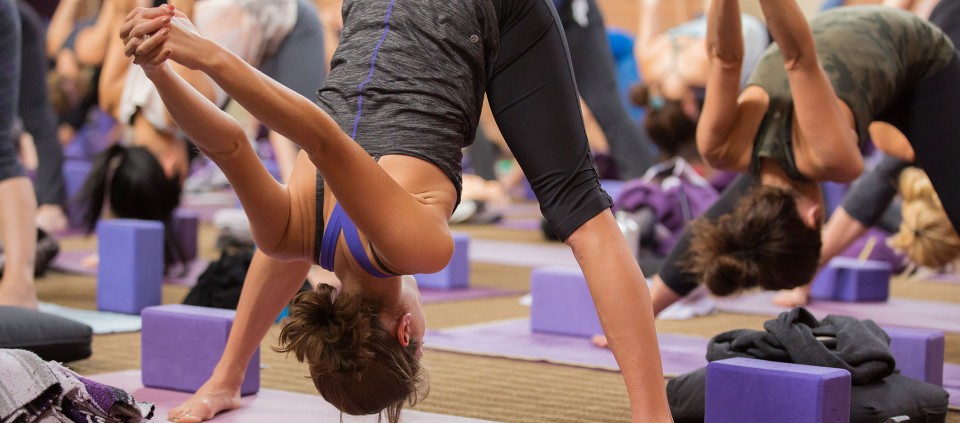Stretching for Stress Relief

Stretching not only relaxes the body, but also has a calming effect on the mind and emotions. Among the benefits of stretching are mental and physical relaxation, body awareness, reduction of muscular tension and soreness, and production of chemicals that lubricate connective tissues and joints, supporting physical fitness and reducing the risk of injury to joints, ligaments, muscles, and tendons.
There are three important things to understand before incorporating a stretching routine into your fitness program.
1. Stretching should never be painful. Many people resist stretching because of previous experiences that resulted in soreness or injury. To stretch safely and efficiently, go slowly and be gentle. Imagine that the tight areas of your body are similar to an onion, with layers upon layers of tension. Try relaxing the outermost layer first, by gently stretching that area just enough that you feel a mild sensation or resistance. Direct your breath into that area until you feel a release as the muscle relaxes. Then go deeper into the stretch, as if peeling away another layer of tension. Be sure to hold the stretch long enough to experience the release—about three to five minutes.
2. Muscles can do only two things: relax or contract. They can’t stretch! The muscles you are feeling when you stretch are not the muscles that are stretching—they are the muscles that are resisting. Most often, we are not aware of our chronically tight muscles because we’re so accustomed to them. Most of the exercises and activities we choose for sports or fitness contract the muscles for strength. However, a chronically contracted muscle eventually becomes a weak muscle, because it constricts the flow of blood, nutrients, and energy that the muscle needs to function. We experience the sensation we call stretching when a contracted muscle releases. Deep relaxation allows the muscles to return their natural, relaxed state.
3. Set realistic goals. Our capacity for stretching is largely determined by our genes, which determine the amount of collagen in our bodies. Women have more collagen than men, and therefore are generally more flexible. However, the greater limiting factor is stress. Stress produces the chemical cortisol, which contracts muscles and tissues. Stretching, along with the mind’s intention to relax, helps release this chemical from the body,.
The goal of stretching is to reclaim your unique capacity for flexibility, so you can feel comfortable inside your body and enjoy the things you love to do. A relaxed body sends messages to the mind and emotions that “all is well,” creating an overall sense of well-being.
Find out about upcoming programs with Mimi Solaire at Kripalu.
Mimi Solaire, C-IAYT, Reiki Levels 1 and 2, E-RYT 500, presents at national yoga conferences and is the producer of three acclaimed DVDs.
Full Bio and Programs